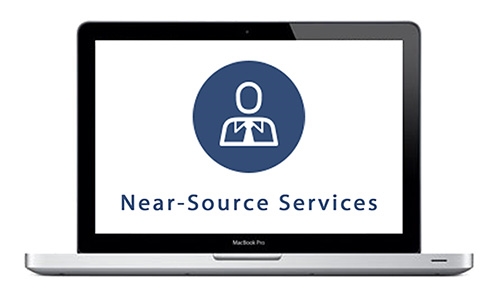Microsoft Word continues to be a popular office suite for many businesses because of its versatile features. It's user-friendly and straightforward, but once you take some time to understand it more, you'll learn that there is so much more than meets the eye.
Tips to help you master Microsoft Word and boost your productivity
How to get the best out of Microsoft Word
Make the most out of Microsoft Word with these tips

Microsoft Word remains the word processing software of choice for businesses large and small. With Word, you can create a wide variety of documents, from reports to invoices to brochures. Word also has a number of features that, when utilized properly, could greatly enhance your productivity and efficiency at work.
Macs and PCs—Why Can’t We Just Get Along?
It’s not uncommon nowadays to see both Macs and PCs together the same office. Technology has progressed to a point where both types of systems can now get along smoothly with each other. Its easy to share files between the two systems, share printers, have them communicate to each other on the same network, even run the same applications on both systems! Read on to find out how. Unlike a few years ago when Microsoft’s Windows operating system virtually dominated office desktops everywhere, today we are increasingly seeing the use of other operating systems in the office. Typically these other systems are some model of Apple’s Macintosh running its own operating system called the OS X. The OS X, known for its sleek graphics, great multimedia handling capabilities, and easy-to-learn user interface, has gained favor among many users and businesses. Sometimes, however, problems arise when having to use different systems in the same office or network environment. Here are some tips to eliminate common issues your users might face when working with others on a different system: File Sharing . There was a time when transferring files between a Mac and a PC was a painful process requiring understanding different file system structures, resource forks, file name limits, and other such nonsense. Thankfully those days are over. Many Mac applications today can open files created on a PC and vice versa — such as office documents, images, video, and more. Getting files from one system to another is also easy as you can transfer via a removable drive. Both systems should recognize the file system on the drive — especially if it was formatted using Window’s file system (doing it the other way around might be a bit more difficult). OS X “Leopard” Macs can also read or write to drives that have been formatted using a special format from Microsoft called NTFS, and other freely downloadable utilities can also help. If this sounds like too much work to understand, you can also simply burn a CD or email files from one system to another — or better yet, set up a network for file sharing. Making Macs and PCs talk on the same network . If you’re a little more tech savvy, you can connect your Macs to your PCs directly or via a network. Typically this requires a network cable connected to both devices and having network sharing turned on. Enabling network sharing is outside the scope of this tip, but many online resources are available to help you connect a PC to a Mac or a Mac to a PC. Running the same desktop applications on both a Mac and a PC . For really advanced users, did you know that you can run Windows on a Mac or OS X on a PC? The former is bit easier and more common, thanks to techniques such as dual booting or virtualization. In dual booting (what Apple calls “Boot Camp”), you essentially install both operating systems on a Mac and on power up, you can choose which operating system to boot. Virtualization on the other hand is way slicker as you can run both operating systems at the same time. In virtualization, you boot Windows in a window within OS X, allowing you to effectively run Windows applications on a Mac. There are also many commercial applications that can help with this. The future: Cloud Applications. As we all start to access more cloud-based applications, the operating system you use is no longer as critical. As long as your systems have an Internet connection and a browser, then you can use different systems and it doesn’t matter what operating system or hardware is being used. So running both Macs and PCs in the same office is not necessarily a bad thing, as it has been in the past. Dozens of options exist today to make the situation manageable, if not downright easy. If you need help, don’t worry — we’re here to assist. Call us today to find out how you can get Macs and PCs to work together for your business today.



